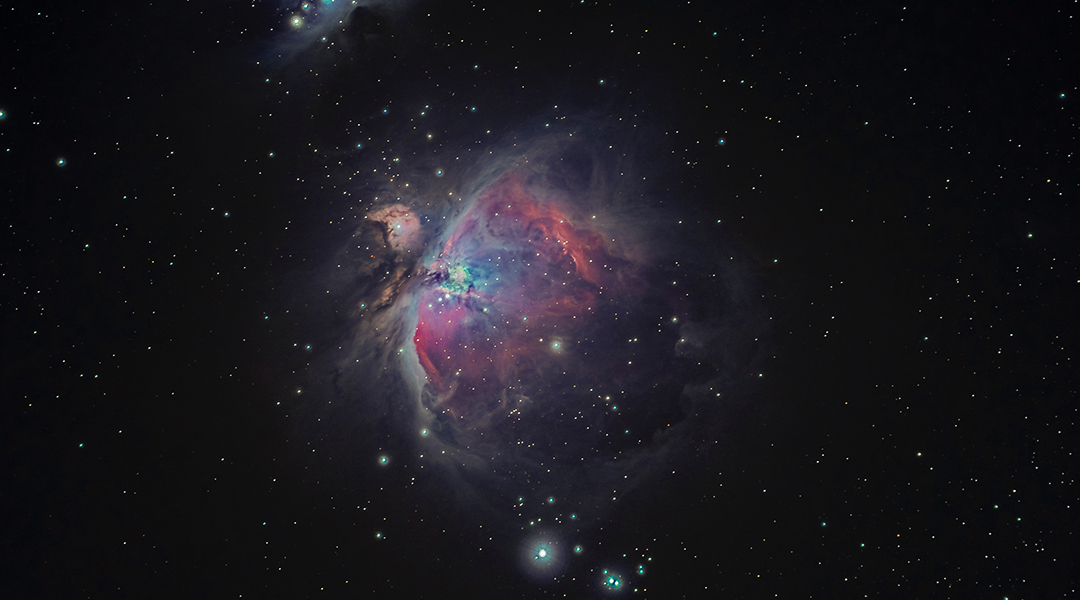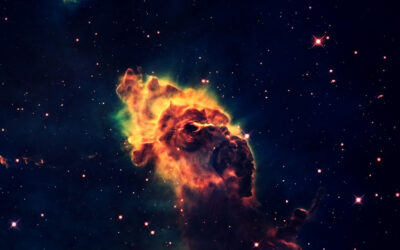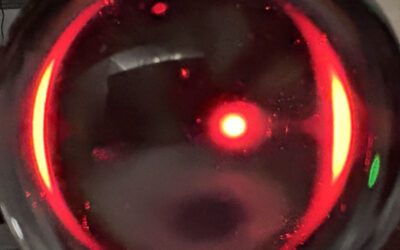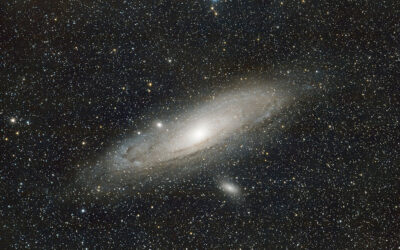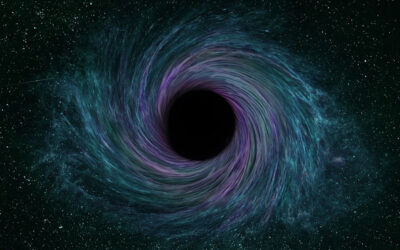Although astrophysicists have achieved a general understanding of how our Universe has evolved since the first moments after the Big Bang, there are still many cosmic phenomena of fundamental importance whose details remain unknown. One of the most interesting of these, which requires further investigation, is the process of star formation.
Our current understanding of star formation is through empirical evidence, but observing this process is quite challenging because the molecular clouds where stars are believed to be born are opaque to many types of electromagnetic waves that our telescopes are tuned into.
However, these are “transparent” to infrared radiation because the particles making up these clouds don’t absorb it, which gives hope that the observation of star formation regions made in this wavelength range can provide important information about the unknown details of this process.
To this end, an international team of scientists led by Hamid Hassani, a Ph.D. student at the University of Alberta, has analyzed observations made by the James Webb Space Telescope (JWST) of four neighboring galaxies thought to contain these star forming regions. This space-based observatory was launched in late 2021, and in addition to making observations with visible light, JWST can capture infrared radiation for this very purpose: to observe processes that cannot be seen at other wavelengths.
“Our motivation to study these particular galaxies is rooted in their proximity to our own Milky Way, and the fact that they are undergoing active star formation,” said Hassani in an email. “The powerful capabilities of the mid-infrared instrument on the JWST allowed us to penetrate dust and gas clouds within these galaxies and capture crucial data on the formation of new stars, their ages, and their impact on the galaxy as a whole.”
Over one thousand active star forming regions
The infrared light captured by the JWST came not from the stars themselves, but from the dust particles in the interstellar medium, which fills the space between stars in galaxies and is made up of small matter and individual atoms. These dust particles are heated by the forming stars to about 100–150 degrees Kelvin, and then re-emit this radiation for our detection. By analyzing the properties of this radiation, the researchers were able to indirectly obtain information about the formation processes of nearby stars occurring in four galaxies under investigation.
The analysis has revealed more than a thousand active star forming regions and that all the stars are still very young — they were determined to be only a few million years old, while our Sun has been around for billions of years.
In order to make sure that the sources of infrared radiation studied with JWST were indeed obtained from regions of star formation, the researchers combined their data with data collected by other telescopes and found that the spots in the sky they identified were also emitting visible light with very special properties. This radiation has previously been correlated with hydrogen clouds that have been ionized by high frequency electromagnetic waves emitted by newly forming stars.
The team was able to overlay their suspected star forming regions obtained through infrared observations with adjacent hydrogen clouds visualized through other telescopes in the visible wavelength range, confirming their conclusion that the radiation caught by the JWST has indeed been sourced by forming stars.

“We found that small sources of infrared light in these galaxies are closely linked to the formation of new stars,” explained Hassani. “These sources are often found near areas where stars are forming, and we also found that the brightness of these sources is related to how much gas is in the galaxies.”
However, some sources of infrared radiation observed by the team with the JWST were not seen in the visible range, meaning that these regions of space are completely opaque to visible light, which suggests that infrared astronomy may indeed be the only method to study them.
“We found some sources that are likely to be ‘embedded’, which means they are hidden behind clouds of gas and dust and not visible in the wavelengths other than infrared,” added Hassani. “These embedded sources are important because they give us a better understanding of the early stages of star formation. Our study provides new insights into this process and helps us learn more about the structure of galaxies.”
Understanding star forming processes
“Our study supports the current theory of star formation, which suggests that stars are formed from the collapse of dense clouds of gas and dust,” Hassani added. “We found that the compact infrared sources we identified are related to areas of intense star formation and are often found near molecular clouds. We also discovered a strong connection between the brightness of these sources and the amount of ionized gas in the galaxies.”
While an important step forward, the study highlighted that there are still certain details in the process of star formation that need further study and explanation.
“We found some sources that were not emitting as much light as expected, which could indicate the presence of hidden or embedded sources of star formation that are not linked to bright gas emissions,” said Hassani. “This suggests that star formation may be a more complex process than previously thought.”
Although the study confirmed the main postulates of the theory of star formation and demonstrated the long-awaited infrared-based telescope’s capabilities in elucidating the mysteries of our universe, the authors believe that they still have a lot of work to fully understand the physics of stars.
“We plan to extend our study to include 19 neighboring galaxies and explore how star formation may differ in various environments,” concluded Hassani. “In addition, we aim to include ultraviolet maps from the AstroSat Telescope to gain a more comprehensive understanding of the relationship between different wavelengths of light and star formation.
“By studying a larger sample of galaxies with multiple wavelengths of light, we hope to gain insights that could have implications for our understanding of the Universe as a whole.”
Reference: Hamid Hassani et al, PHANGS–JWST First Results: The 21 μm Compact Source Population, The Astrophysical Journal Letters (2023). DOI: 10.3847/2041-8213/aca8ab
Feature image credit: Bryan Goff on Unsplash

